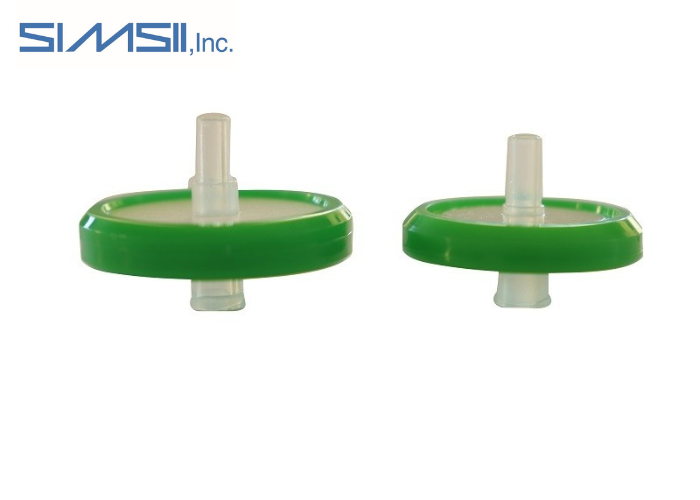
A syringe filter is used to filter solid-particle-containing samples into sample tubes. These function by capturing any solids in the samples using a membrane with a specific pore size. Some of these filters have additional filters built to catch large particles and keep the primary filter membrane from clogging. A wide selection of membrane materials, diameters, and sterile and non-sterile types are available; these Syringe Filters offer outstanding microfiltration for HPLC, water treatment, environmental, biotechnology, beverages, food, pharmaceutical applications, and other related fields. Let's understand more about the topic.
What Is A Syringe Filter?
The first thing you need to know is, "just what this syringe filter is?" These syringe separations are used to filter out pollutants from the sample of chemically opaque fluid. However, a syringe filter is a device that can be attached to an injector for the separation or filtration process.
How To Choose A Syringe Filter?
Selecting a syringe filter is more challenging than it sounds. There are a few factors that one needs to consider when choosing a syringe filter, such as;
1 Type of sample you are filtering.
2 The size of particles to be filtered.
3 Compatibility of the filter material based on your need.
You must also consider the kind of syringe and needle you use, as not all filters work with all syringe types. Finding the appropriate filter for your purposes is significant. In addition, you must consider the most prevalent aspects before choosing syringe filters.
Some Most Common Syringe Filters
Have a look at some of the most common syringe filters that can be opted for depending upon the needs;
Cellulose Acetate (CA) Syringe Filters
The syringe filter is naturally hydrophilic and created using modified cellulose acetate membranes. The filters have a substantial protein fixation and a high filtration efficiency. There are three distinct syringe filter sizes: 13, 25, and 33mm, and they have two different pore sizes: 0.22 and 0.45 m.
Polytetra Fluorethylene (PTFE) Filters
PTFE Syringe Filter offer exceptional microfiltration for applications in HPLC, water treatment, environmental, biotechnology, food, pharmaceuticals, and other related sectors. These syringe filters come in sterile and non-sterile packs and are red based on their chemical compatibility range of pH 1 to 14. These filters come in three distinct syringe filter sizes: 13, 25, and 33mm, and two pore sizes: 0.22 and 0.45 m.
Glass Microfibre (FV) Syringe Filters
A hydrophilic glass microfibre filter is employed to filter viscous solutions or cell culture media. The resistance of this filter against organic solvents and acids is extreme (apart from HF). Operating a pre-filtration using a glass microfibre syringe filter is preferable.
Polypropylene (PP) Filters
Polypropylene filters, often PP filters, have excellent chemical resistance to acids and organic solvents. These filters come in three distinct syringe filter sizes: 13, 25, and 33mm, and two pore sizes: 0.22 and 0.45 m. PP filters come in sterile and non-sterile packs and are white with a chemical compatibility range of pH 1 to 14.
Nylon (NYL) Filters
NYL filters are created from a nylon membrane, which is naturally hydrophilic. Nylon filters are chemically resistant to alkaline samples and typically employ for aqueous solutions. These filters come in three distinct syringe filter sizes: 13, 25, and 33mm, and they have two different pore sizes: 0.22 and 0.45 m.
Mixed Cellulose Esters (MCE) Filters
However, filters have a large loading capacity, are mechanically stable, and are inherently hydrophilic. Cellulose nitrate and acetate fiber are used to make the MCE filter. These come in three distinct syringe filter sizes: 13, 25, and 33mm, and they have two different pore sizes: 0.22 and 0.45 m. They come in packs that are either sterile or not.
Regenerated Cellulose (RC) Filters
RC filters provide excellent chemical resistance to all solvents with a high flow rate and are hydrophobic. These filters are also highly capable of removing particles. Regenerated cellulose filters come in three different syringe filter sizes: 13, 25, and 33mm, and two pore sizes: 0.22 and 0.45 m.
Final Words
We learned about different syringe filters from this and how to choose the right one for your needs. Additionally, a hydrophilic membrane is used that can cover a filter. By this, a syringe drives the sample through the membrane.


